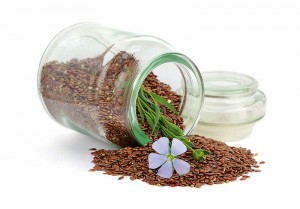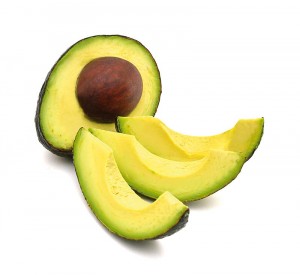Cholesterol, the New Boogeyman
For several decades, a simple correlation in medicine has been valid: reducing cholesterol is beneficial to one’s health. Lately, however, it has been shown that this rule is not precisely true. Cholesterol in the human body is irreplaceable and necessary — but only in the correct amounts.
It is one of the most controversial nutrients in the history of medicine. The fact is, increasing the level of its concentration in the blood certainly brings many health risks. One of the most pertinent risks is heart disease, which annually results in about one in every four deaths in the United States.
Good Servant, Poor Master
Cholesterol is a fatty substance, a component of all of our cells and something the human body needs for the production of hormones and vitamin D. Cholesterol helps the body process fats, which is also important for the creation of cell membranes and, at the same time, is a basic building block of nerve and brain cells. In cases when we have an excess of cholesterol in the blood, there is a tendency to deposit it in the vascular wall.
This process is called arteriosclerosis, meaning hardening of the arteries. It occurs due to the narrowing of the interior of the veins where the blood can no longer flow freely. Plaque deposits often rupture and create blood clots. These events can result in completely blocked veins. Depending on the places where the blockage of the veins occurred, it can potentially lead to a heart attack or stroke. The level of cholesterol is one of the main and unmistakeable risk factors for cardiovascular disease, especially for coronary artery disease, says cardiologist It is important to keep in mind that a everyone can influence their cholesterol level.
Cholesterol in the human body is divided into two sub-groups known familiarly as good HDL (high density lipoprotein) cholesterol and bad LDL (low density lipoprotein) cholesterol. This really refers to the transporters of cholesterol in the blood. HDL transports cholesterol from the blood into the liver and protects the veins from its build-up. A high level of “good” cholesterol signifies a strong ability to remove excess cholesterol from
the body. LDL is created in the liver and makes the deposit of excess cholesterol in the vascular walls possible. In principle, we ought to maximally strive for a high level of HDL cholesterol and to reduce the level of LDL cholesterol.
Nearly one in every six adult Americans suffers from high cholesterol. Keep in mind that increased levels of cholesterol have no visible symptoms. Only a medical check-up can evaluate the level of cholesterol in the blood. At the same time there is a myth in the general public that only obese people have problems with cholesterol, but there are many more factors influencing cholesterol level cardiologists warn.
Other risk factors include high blood pressure, diabetes, lack of exercise, poor dietary habits, smoking, and genetic disposition. All of the above except the last are risk factors that a person can have an influence. By living a healthy lifestyle, it is possible to significantly reduce these factors.
(…)
Would you like to learn more? The complete text and many other articles, tips and advice can be found in MyHerbs Magazine! You can subscribe HERE or buy the hardcopy in selected stores.

 Get My Herbs now!
Get My Herbs now!



